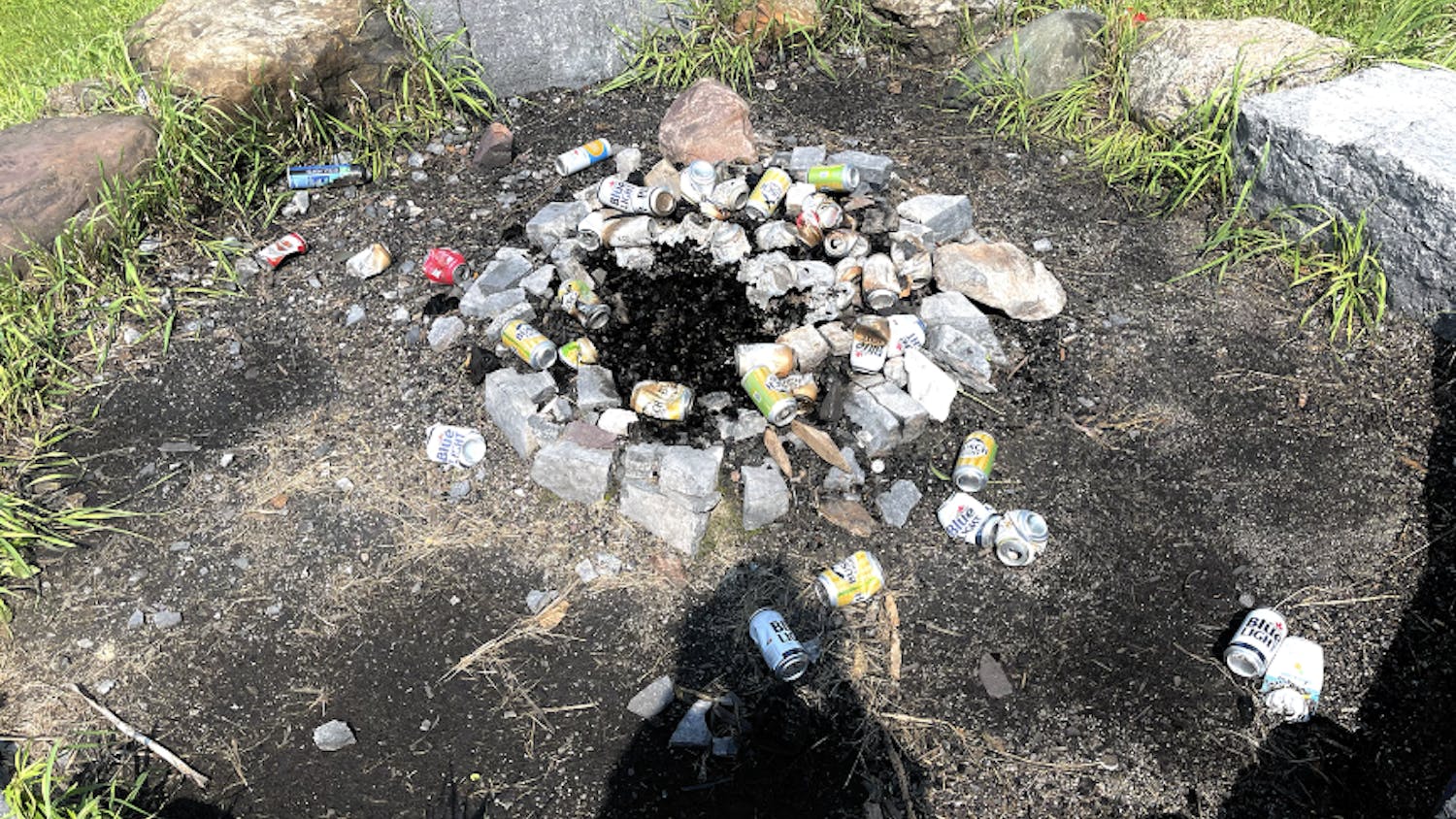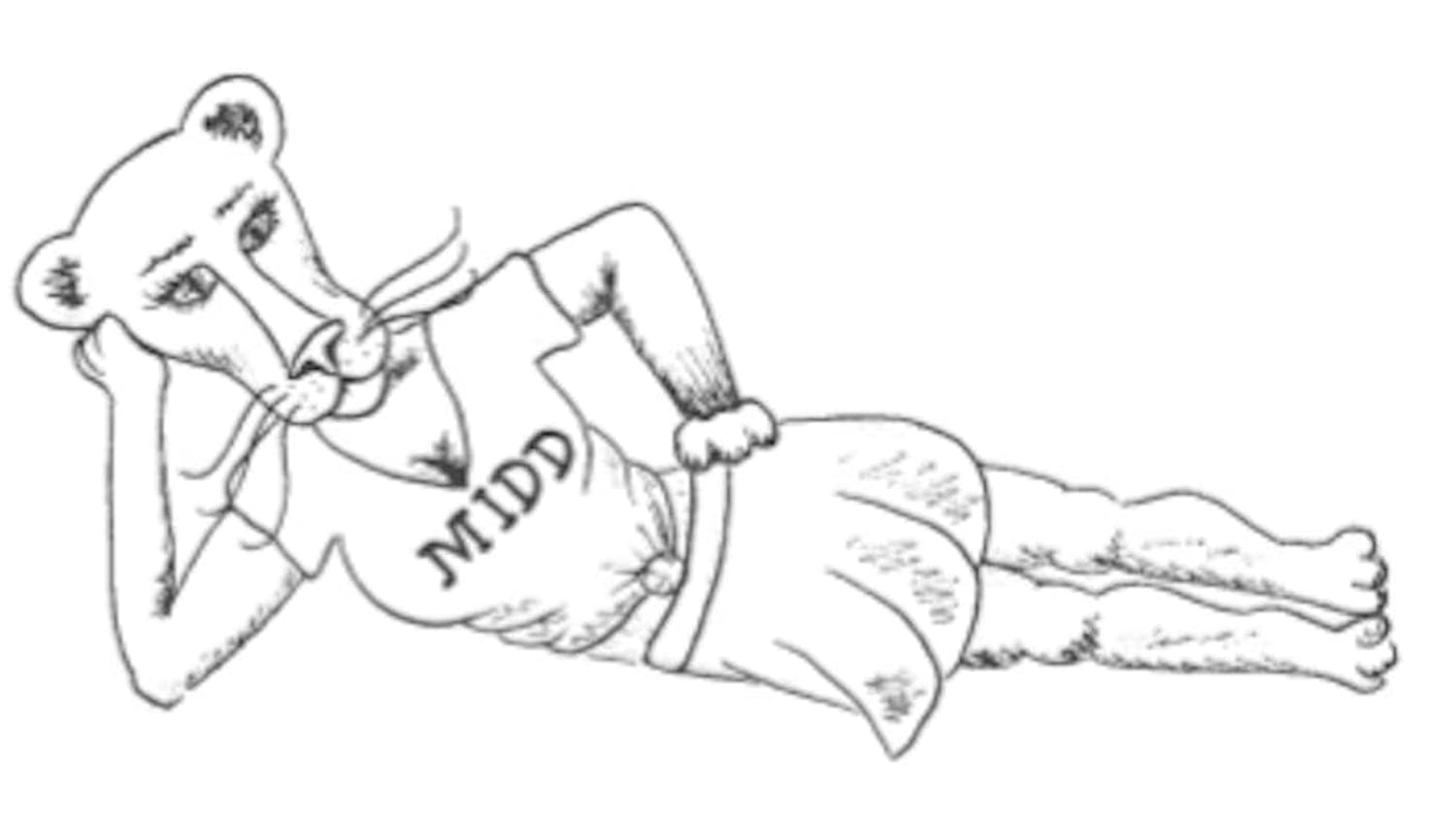This column is written by white students and for white students. Each week, we will discuss topics or themes regarding race and, more specifically, the role of whiteness in race relations. If you would like to reach out to us personally to continue these conversations, please feel free to do so.
In this article, we give an overview of the practice of redlining, discriminatory housing laws and predatory loans. These practices are essential to understanding how white privilege operates in the United States. We encourage you to do further research since these practices are complicated and intertwine to oppress and discriminate against people of color, especially Black and Brown communities.
In the aftermath of the Great Depression, President Franklin D. Roosevelt’s National Housing Act (1934) subsidized housing development as one means for economic development. As part of this act, the Federal Housing Administration (FHA) was created to generate greater mobility through providing home loans with very low interest rates. The FHA did not act equally, however, and intentionally created racially segregated neighborhoods.
The spatially segregated spaces of the suburbs extended into urban areas as well. Through redlining, the FHA marked communities of color (primarily black communities) as “hazardous” while providing white neighborhoods of similar socioeconomic status with private mortgages.
As white people bought new homes with the help of the FHA, restrictive racial covenants required that any subsequent buyer of a home had to be white. Thus, even if black families had the means to buy a home in middle-class white neighborhoods, the owners of the homes they attempted to move into were contractually obligated not to sell to them. The damage went further still. Through a practice known as blockbusting, white families not yet reached by racial covenants were intimidated into selling their homes at low prices by threats of neighborhoods “turning Black.” These realtors bought houses at low prices and sold them with drastic mark-ups to families of color. This practice of blockbusting combined with redlining disallowed black people from purchasing “good homes” in “good neighborhoods,” creating racially and economically segregated neighborhoods that restricted access to jobs, education and healthcare.
The Fair Housing Act of 1968 did not resolve these issues. Predatory loans became a major issue especially after the Great Recession of 2008. Predatory loans were not equally bad for all communities. According to ReverbPress, “Black women were as much as five times more likely than white men to receive a subprime loan” and two thirds of people receiving subprime loans actually qualified for less dangerous loans and lower interest rates. What could explain these disparate numbers? Black communities were specifically targeted by banks such as Wells Fargo. Former Wells Fargo executives have revealed that their offices “saw the black community as fertile ground for subprime mortgages, as working-class blacks” attempted to achieve what had been impossible during the harshest era of redlining. These loan officers specifically targeted black churches and were rewarded by superiors for steering clients in the direction of more dangerous lending practices. According to a recent study written about in The Atlantic, “Race alone accounted for nearly all of the disparity in high-cost mortgage lending between whites and minorities.” The result of this targeted attack on black finances has been stark. In Baltimore, there is a clear correlation between the almost 50,000 vacant homes left behind by the crash and the “concentration of black folks living” in the city. Even worse, the 2008 recession induced a decline in median black wealth from nine percent to five percent of median white wealth. That is, an average white family has $20 for every dollar that a black family has today.
Strictly defining neighborhoods and therefore reinforcing economic inequality between neighborhoods doesn’t only affect the price and quality of homes. It directly affects funding for public education in those neighborhoods since public education in many states is funded through local property taxes, ensuring many difficulties in social mobility. No efforts were made to actively reverse our history of highly discriminatory housing policies. Inherited wealth and cultural capital are primary mechanisms for social mobility and redlining, subprime loans, under-funded schools and the over-policing of these neighborhoods that have been deemed dangerous (and therefore are acted upon as if they are just that) ensure extreme difficulty in accumulating wealth and social mobility. Furthermore, white society points the finger at these neighborhoods as if their suffering is self-inflicted and that they simply cannot “pull themselves from their boot straps,” without considering all of the obstacles that Black and Brown people face that white people do not. Holding individuals responsible in this way without holding the systems in place accountable has ultimately been used as a tool to justify the over-policing of neighborhoods, the War on Drugs, police brutality, discrimination in sentencing and mass incarceration that disproportionately affect Black and Brown people more than white people.
Next week, we will be discussing police brutality and mass incarceration.
What we’re reading:
1. “The Case for Reparations”
(The Atlantic)
2. “15 Charts That Prove We’re Far From Post-Racial” (Huffington
Post)
3. “Ways the American Dream Is Actually Just Affirmative Action for
White People” (Everyday Feminism)
Interested in continuing these conversations? Come to discussions Thursday evenings at 7 p.m. in the Gifford Classroom. Everyone is welcome!
White Privilege and Housing Policy
Comments



